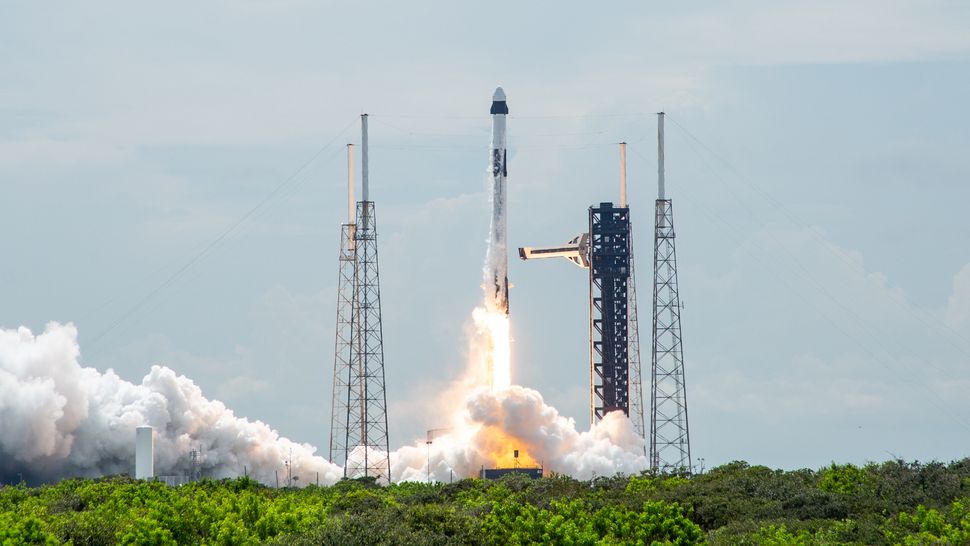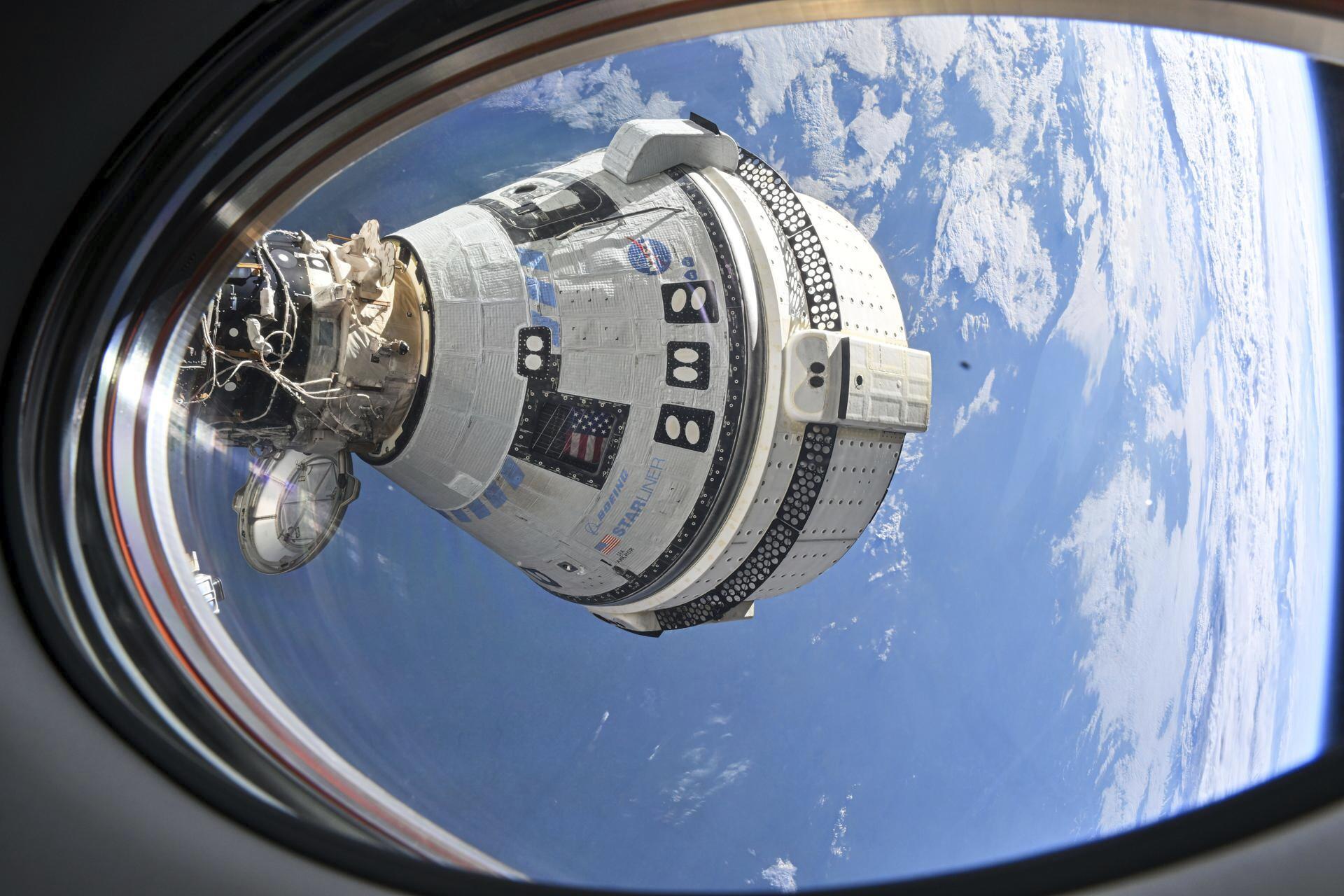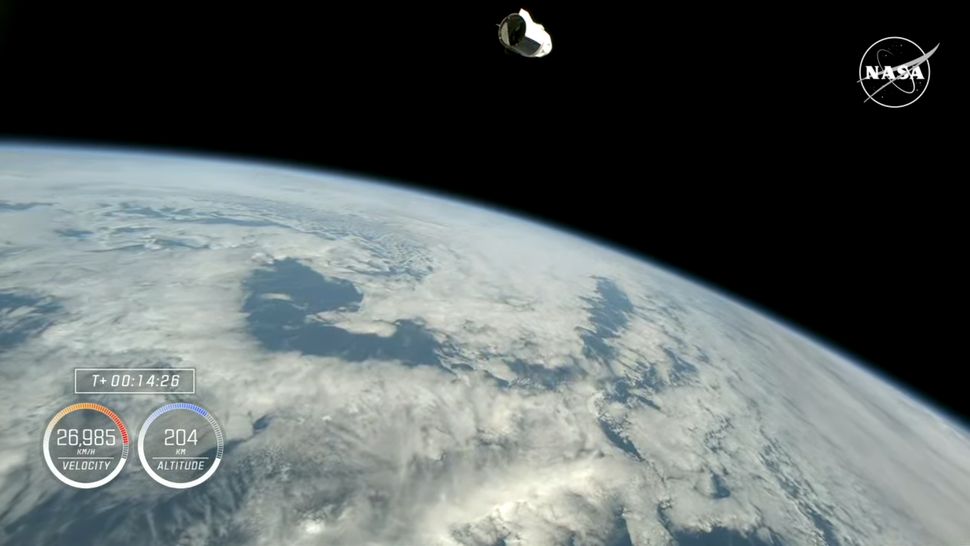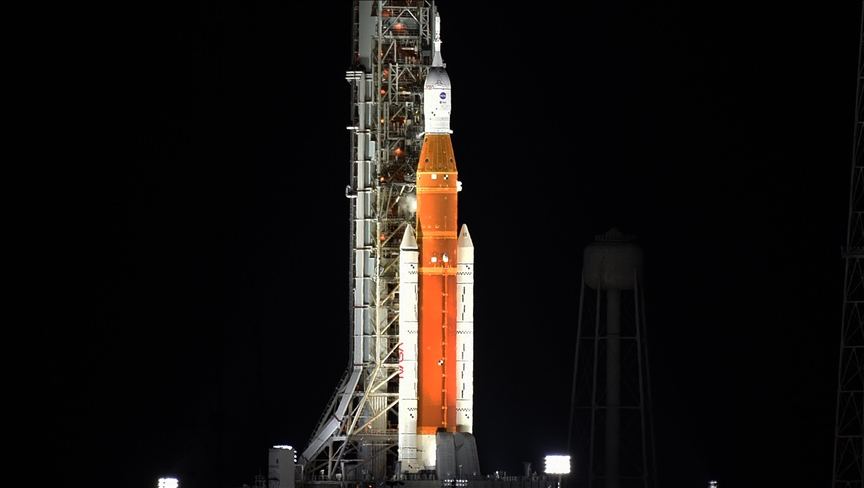
SpaceX Crew Dragon’s Successful Mission to the ISS
On a crisp Monday morning at 3:30 a.m. EDT, SpaceX Crew Dragon ISS mission achieved another milestone when the “Freedom” successfully docked with the International Space Station (ISS) after a 28-hour journey. This marked yet another significant step in NASA’s ever-evolving collaboration with private space companies. The mission was particularly unique, not just because of its payload, but due to the two empty seats aboard, reserved for Boeing Starliner astronauts Butch Wilmore and Sunita Williams. Their return from space, delayed by complications with Boeing’s spacecraft, is now scheduled for early 2024 aboard Crew Dragon.
As this mission unfolded, it highlighted NASA’s adaptive approach to human spaceflight and how collaboration with companies like SpaceX continues to play a critical role in ensuring the safety and success of space exploration.
From Delays to Docking: A Seamless Journey
The mission’s launch, originally scheduled two days earlier, was delayed due to weather concerns but eventually took off from Cape Canaveral Space Force Station on Saturday at 1:17 p.m. EDT. The powerful Falcon 9 rocket completed its ascent, delivering Crew Dragon to orbit and safely landing its first stage back at Cape Canaveral—a feat that’s become a signature achievement for SpaceX.

Image credits: Space.com
Once docked, NASA astronaut Nick Hague and Russian cosmonaut Aleksandr Gorbunov were welcomed aboard the ISS, where they joined Wilmore, Williams, and the rest of the international crew. The Crew Dragon’s primary objective was to deliver supplies to the ISS while preparing to bring Wilmore and Williams back to Earth after an extended stay. The pair had originally been scheduled to return aboard the Boeing Starliner, but complications with the Starliner’s system caused NASA to turn to SpaceX for their safe return.
A Solution in Space: Empty Seats for Astronauts
The decision to include two empty seats on Crew Dragon speaks volumes about NASA’s evolving strategy in space exploration. With Starliner’s delay, NASA ensured that Wilmore and Williams would have a way home, avoiding further complications and highlighting the importance of collaborative partnerships in modern space missions.
By the time Wilmore and Williams return in February 2024, they will have spent more than 262 days aboard the ISS—far exceeding the duration originally planned for their mission. Their extended stay emphasizes the flexibility and resourcefulness that both NASA and its partners must employ in response to unforeseen challenges.

Image credits: WKMG
This mission also underscores the NASA-Roscosmos collaboration, with Gorbunov participating under a unique agreement that ensures astronauts from both countries remain aboard the ISS in case of an emergency. This cooperative effort continues the long-standing tradition of international partnerships in space exploration, essential for maintaining a consistent human presence aboard the ISS.
A Look Back: How NASA’s Missions Have Evolved
NASA’s approach to space exploration has undergone dramatic shifts since the early days of the Mercury and Apollo programs. Back then, NASA operated as a centralized organization, overseeing every aspect of the mission—from design to launch. The goal was singular: send American astronauts to space, and ultimately to the Moon, using hardware designed and built solely under NASA’s guidance.
Fast forward to today, and the paradigm has shifted. NASA now works closely with private companies like SpaceX and Boeing, leveraging their innovation and technological prowess. The Commercial Crew Program, which facilitated the development of spacecraft like Crew Dragon and Boeing’s Starliner, is a testament to NASA’s new operational model. This collaborative approach has yielded successes, such as the multiple manned missions aboard SpaceX’s Crew Dragon and its ability to return astronauts safely from space.

Image credits: Space.com
Moreover, this mission adds to the growing list of accomplishments for SpaceX, whose Crew Dragon became the first commercial spacecraft to transport astronauts to the ISS in 2020, heralding a new era of private-public partnerships in space.
The Future of Space Exploration
As the space sector continues to evolve, missions like this exemplify how private companies are integral to the future of human spaceflight. NASA’s reliance on SpaceX to return Wilmore and Williams signifies the robust partnership forged between the space agency and private enterprises.
With plans for lunar missions under Artemis and eventual manned flights to Mars, NASA’s collaboration with commercial space ventures will undoubtedly remain a crucial element of the future. For now, this mission serves as a reminder that when faced with challenges, NASA’s adaptability—combined with SpaceX’s technology—ensures the safety and success of its astronauts.

Image credits: https://www.aa.com.tr/
As Wilmore and Williams prepare to return to Earth in early 2024, this mission not only strengthens NASA’s partnerships but also adds another chapter to the ongoing story of human space exploration, where adaptability, collaboration, and innovation continue to be the driving forces.
IS360 Can be Reached at
Sharing is caring!

